Mastering the Art of AI Generation
Welcome to the foundational module of Aetherial AI Artistry. Here, we demystify the complex world of artificial intelligence art generation. Whether you're an aspiring game artist, a curious developer, or a seasoned creative, this section will equip you with the essential knowledge to understand, implement, and innovate with AI art tools. Dive into the core concepts that power the visual revolution in digital creation.
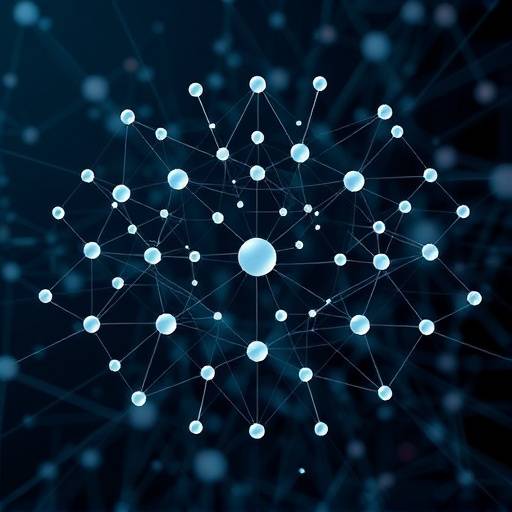 Explore Fundamentals
Explore Fundamentals
The Pillars of AI Artistry: Core Concepts
At the heart of AI art generation lies the concept of machine learning, specifically deep learning. Unlike traditional programming where explicit rules are defined, deep learning models learn patterns and relationships directly from data. This enables them to generate novel outputs that mimic, extend, or abstract from their training inputs. For game development, this translates into the ability to create unique characters, environments, textures, and UI elements at an unprecedented scale and speed.
The journey into AI art begins with understanding the fundamental building blocks. These digital "brains" are not conscious entities but sophisticated mathematical models designed to process vast amounts of information and identify intricate correlations. They learn by example, becoming more adept with every piece of data they are exposed to. The more diverse and representative the data, the more capable and versatile the AI becomes in its artistic endeavors. This learning process is what allows AI to grasp the nuances of artistic styles, from the vibrant palettes of casual mobile games to the complex textures of AAA titles.
Neural Networks: The Digital Brain
Imagine a network of interconnected nodes, much like neurons in the human brain. This is a simplified analogy for a neural network. These networks are comprised of layers: an input layer that receives raw data (like pixel values of an image), one or more hidden layers where complex computations occur, and an output layer that produces the result (e.g., a generated image, a classification).
During the training phase, these networks adjust the "weights" and "biases" of their connections. This adjustment process is guided by an optimization algorithm that aims to minimize the difference between the AI's predictions and the actual desired outputs found in the training data. It's an iterative process of trial and error, refinement, and learning. For instance, when learning to generate a 'gem' for a match-3 game, the neural network will analyze thousands of images of gems, identifying common features like color saturation, reflective surfaces, and faceted shapes. Over time, it learns to combine these features to produce new, original gem images that fit the learned criteria.
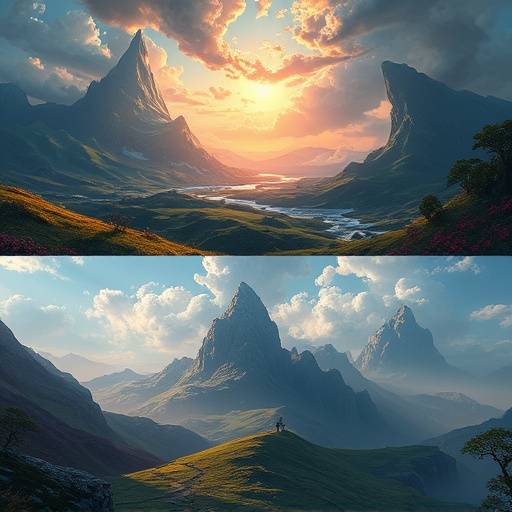
The Power of Data: Fueling the AI Engine
Data is the lifeblood of any AI art generation system. The quality, quantity, and relevance of the training data directly dictate the capabilities and artistic output of the AI. Think of it as an artist studying countless masterpieces to develop their own unique style. The AI does the same, but on a massive, digital scale.
For game art, this means curating datasets that are rich in the specific aesthetics you want to emulate. If you aim to create art in the style of a classic RPG, your dataset would need to include a wide array of fantasy characters, landscapes, items, and interface elements from that genre. Conversely, if your goal is to generate assets for a modern, stylized 3D game, your data would focus on high-resolution models, textured environments, and character designs representative of that style. The process often involves meticulous data cleaning, labeling, and augmentation to ensure the AI receives the clearest possible signals.
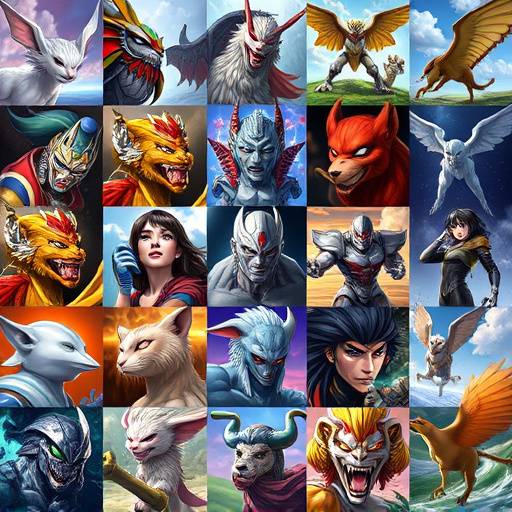
Exploring AI Art Generation Techniques
Several powerful techniques underpin the field of AI art generation, each with its unique strengths and applications in creating compelling game visuals. Understanding these methodologies is key to selecting the right tools and approaches for your creative projects.
Generative Adversarial Networks (GANs)
GANs are a cornerstone of modern AI art. They consist of two neural networks, a Generator and a Discriminator, locked in a perpetual game of one-upmanship. The Generator's job is to create new data samples (images, in this case) that look like they came from the training set. The Discriminator's job is to distinguish between real samples from the training data and fake samples produced by the Generator. Through this adversarial process, the Generator becomes increasingly skilled at producing highly realistic and convincing images, learning the underlying distribution of the training data. GANs are excellent for generating novel images from scratch and have been instrumental in creating photorealistic textures and stylistic variations.
Diffusion Models
Diffusion models represent a more recent and highly effective approach to generative AI. The core idea is to progressively add noise to training data until it becomes pure static, and then train a model to reverse this process – to denoise the data step-by-step, ultimately reconstructing a clean image. This gradual denoising process allows diffusion models to generate incredibly detailed and coherent images, often with greater control over composition and style compared to earlier GANs. Their ability to understand complex prompts and generate diverse outputs makes them ideal for creating concept art, character designs, and rich environmental assets.
Variational Autoencoders (VAEs)
VAEs are another class of generative models. They work by encoding input data into a lower-dimensional latent space and then decoding from this space to reconstruct the input. The "variational" aspect refers to how the latent space is structured, allowing for smooth interpolation between generated samples. This means you can take two generated images, find their representations in the latent space, and generate new images that smoothly transition between them, offering unique possibilities for stylistic morphing and asset variation.
Your First Steps into AI Art Generation
Embarking on your AI art journey is more accessible than ever. While the underlying technology can be complex, the practical application is becoming increasingly intuitive. Here’s a simplified guide to get you started:
-
Choose Your Tool
Numerous platforms and software packages offer AI art generation capabilities. Options range from web-based services like Midjourney and Stable Diffusion Online to more advanced, locally installable models that offer greater customization. Research tools that align with your technical comfort level and project needs.
-
Craft Your Prompt
The 'prompt' is your textual instruction to the AI. The more descriptive and specific your prompt, the better the AI can understand your vision. Include details about the subject, style, mood, colors, and composition. For game art, think about keywords relevant to your game’s genre and aesthetic.
-
Iterate and Refine
AI generation is rarely a one-shot process. You'll likely need to generate multiple variations, adjust your prompts, and experiment with parameters (like image size, style strength, or seed values) to achieve the desired result. Consider generating assets that fit specific game mechanics or narrative elements.
-
Post-Processing
AI-generated art often serves as a fantastic starting point. You can further enhance, edit, or composite these images using traditional digital art software (like Photoshop or GIMP) to integrate them seamlessly into your game development pipeline or to add those final artistic touches that only a human artist can provide.
AI Art in Action: Game Asset Inspiration
See how AI can be leveraged to create diverse game assets. These examples showcase the potential for generating unique visual styles and thematic elements that can inspire your next game project.


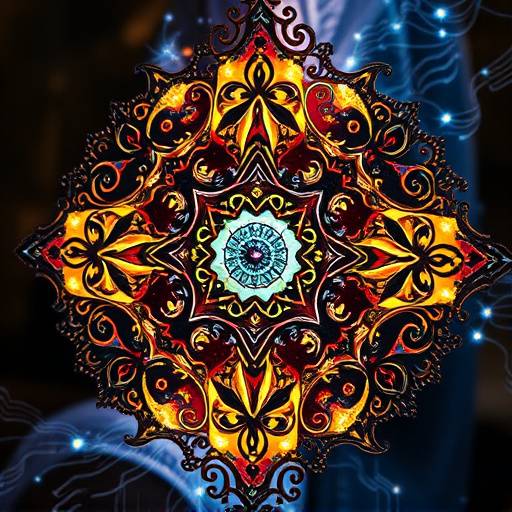
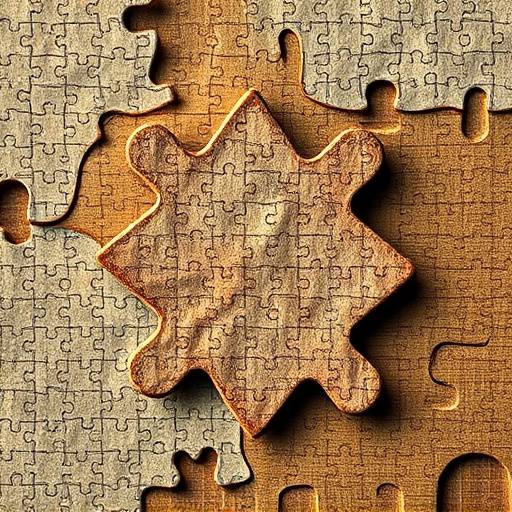
Ready to Ignite Your Creativity with AI?
The world of AI art generation is vast and continuously evolving. By understanding the fundamental principles discussed here, you are well-equipped to begin your exploration. Aetherial AI Artistry is committed to providing you with the resources and support you need to transform your creative visions into stunning digital realities.
Connect with Our Experts